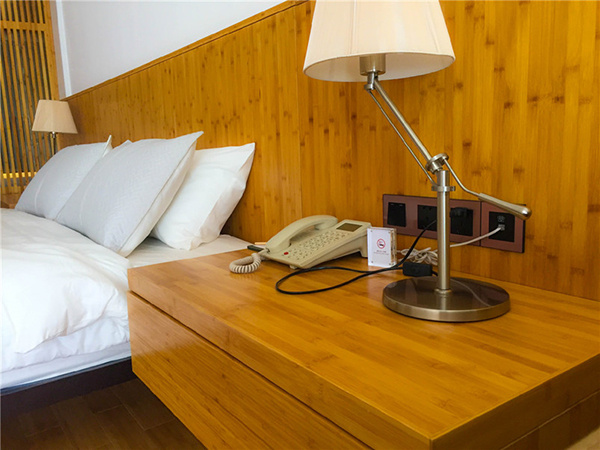Bamboo Plywood and Veneer- Sustainable Housing Options
Veneer and plywood are made from bamboo, as well as from wood. Veneer is a material obtained by cutting a thin layer of wood (in our case, so-called bamboo wood). Plywood is a multilayer material made by gluing veneer sheets. Veneer is used in the production of furniture for decoration that is, making furniture products look like they are made entirely of wood.
In fact, furniture can be made of wood-fiber boards, but veneering gives them a more noble appearance than the paper to be attached to the wood texture. Accordingly, the bamboo veneer gives furniture a view of the bamboo. Bamboo plywood also finds its application similarly to plywood made of wood.
Bamboo plywood is an exotic choice, making your home more original and fresher. In addition, you also get the so desired cozy atmosphere. Furthermore, the bamboo parquet is often found in a varnished, so ready for use version. So you also save yourself a lot of time working with it. All you have to do in the process of installing is to glue the parquet.
Obtaining veneer
The raw material for veneer is the bamboo trunk of the Moso species. It fits in that the dimensions of the trunks in diameter reach 10-15 cm, that is, they approach the thin trees. From thin trunks veneer is very difficult to obtain, for this, more complex machines will be required, and this will lead to a rise in the cost of production.
Veneer, made of bamboo, is similar to wood veneer is obtained by peeling on special machines. The thickness of the veneer is usually made at 0.6 mm. With such a small thickness, the sheets crack. To avoid this, they are strengthened with cellulose fleece (fleece).
When obtaining veneer from a tree, several technological methods are used. In bamboo of the features of the structure of the trunk and a small thickness of the trunk most of them will not work. Therefore, peeling is done by cutting a thin layer of the barrel when the barrel rotates. The trunk of the bamboo is sort of "unwound" like a roll of carpet or linoleum.
Plywood
If you have selected bamboo plywood to build or renovate your home, it has taken a fundamental step towards building a brighter and greener future for your children and family. Bamboo is a herb and if you have a bamboo plant in the center of your garden, you have to cut it all the time as it grows incredibly fast.
Bamboo plywood is made by gluing with phenol-formaldehyde glue several layers of bamboo veneer under the press. Similarly to wood plywood, veneer sheets are also placed here so that the fibers of one layer are perpendicular to the fibers of adjacent layers. This multi-layer structure provides high strength of plywood.
Bamboo plywood can be laminated. Thanks to the laminated layer, it withstands external atmospheric and chemical effects.
Advantages of plywood from bamboo:
• Increased moisture resistance
• High breaking strength and impact
• Increased wear resistance
• Ease of processing
• Exotic texture
The main areas of application of bamboo plywood:
• Exterior and interior decoration of premises
• Flooring for flooring
• Base for roofing materials
• Decorative furnish of furniture
• Formwork
Bamboo plywood can be laminated, due to which its appearance improves and it becomes more resistant to the action of moisture and harmful substances. Apply this kind of plywood to the skin of containers, which are then used for chemicals, poisons and drugs.
Laminated Bamboo plywood does not wear out for a long time; it allows using it for the lining of vans and train cars, river ships and ships. When constructing large objects, such plywood is very convenient, as it is manufactured by large solid sheets, and it is also lightweight, which makes it possible to conduct assembly works effortlessly.
There is also rippled plywood made of bamboo, which expands the area of its application. It is used for the construction of hedges, canopies and arbors, and in modern interiors it is used to decorate ceilings and walls.
In industrial applications the most common applications are the production of chipboard or MDF veneered panels for modular kitchens or wardrobes, for living room furniture and bathrooms. In the field of crafts are often used for curved pieces of furniture, for door lining, masonry and false ceilings, for furnishings in the nautical sector.



 皖公网安备 34180202000049号
皖公网安备 34180202000049号